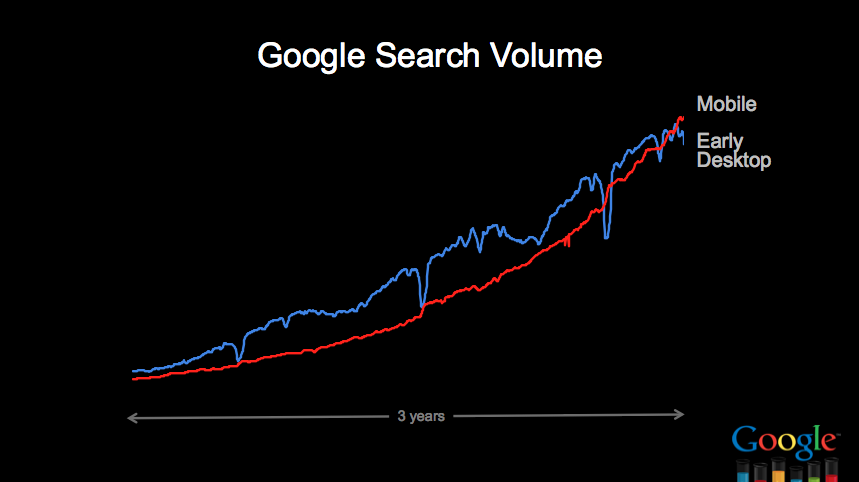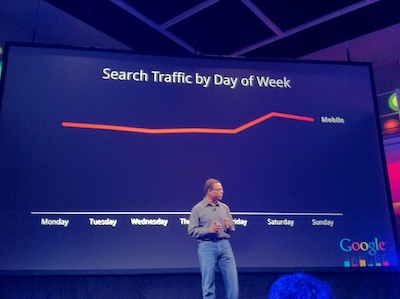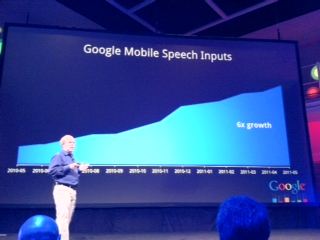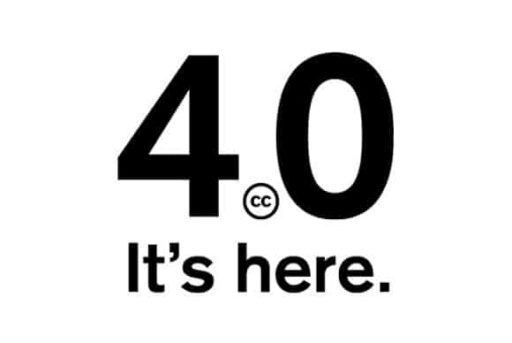Google unveiled voice search for desktop computers and search-by-image, two new features allowing users to speak their search into the computer and search with the help of images, also new features to mobile search. The mobile version of Google search gets those icons, instantly accessible at the bottom of the search screen and google voice search is now available in 27 languages and dialects, an estimated coverage of around 5 billion people or two-thirds of world population………..
Google held a media event in San Francisco where they talked about some of the latest things doing to tackle these barriers on mobile, announced that they are bringing speech recognition and computer vision technology to the desktop, and took the next step for Google Instant—Instant Pages. The thirst for knowledge doesn’t stop when you step away from your computer, it continues on your mobile device. In the past two years, mobile search traffic has grown five-fold. Mobile search is growing at a comparable pace to Google in the early years. One of the technologies driving this growth is speech recognition. With Voice Search, you don’t have to type on a tiny touchscreen. You can just speak your query and the answer is on the way. Goole invested tremendous energy into improving the quality of our recognition technology for example, English Voice Search system using 230 billion words from real queries so that google can accurately recognize the phrases people are likely to say. As the quality has increased, so has usage: in the past year alone, Voice Search traffic has grown six-fold and every single day people speak more than two years worth of voice to our system.
Searching with speech recognition started first on mobile and so did searching with computer vision. Google Goggles has enabled you to search by snapping a photo on your mobile phone since 2009, and introducing Search by Image on desktop. Next to the microphone on images.google.com, you’ll also see a little camera for the new Search by Image feature. If you click the camera, you can upload any picture or plug in an image URL from the web and ask Google to figure out what it is. Try it out when digging through old vacation photos and trying to identify landmarks—the search probably isn’t going to tell you where you were, but computer vision may just do the trick. Search by Image is rolling out now globally in 40 languages. Google also releasing Chrome and Firefox extensions that enable you to search any image on the web by right-clicking. Whether you type, speak or upload a photo, once you’ve indicated what you’re looking for the next step in your search is to sift through the results and pick one. To make this faster google introduced Google Instant, which gives you search results while you type. Google Instant saves you between two and five seconds on typical searches, but once you’ve picked a result, you click, and then wait again for the page to load—for an average of about five seconds.
Google Instant Pages can get the top search result ready in the background while you’re choosing which link to click, saving you yet another two to five seconds on typical searches. As you scan the results deciding which one to choose, Google is already prerendering the top search result for you. That way when you click, the page loads instantly. Instant Pages will prerender results and the good news is google is working for years to develop our relevance technology and can fairly accurately predict when to prerender. To use Instant Pages, you’ll want to get our next beta release of Chrome, which includes prerendering (for the adventurous, you can try Instant Pages with the developer version). Google thirst for knowledge extends beyond the time we spend in front of our desktop computers and they are seeing mobile search grow at an exponential rate, increasing five-fold worldwide in just the past two years – a rate comparable to the early days of desktop Google Search. As mobile devices have become more powerful and connected to faster networks, smartphone users are doing a surprisingly diverse set of search tasks — from simple lookups, to tasks that involve multiple complex searches. Google worked relentlessly to make mobile search faster, easier, and more intuitive with features like autocomplete, Voice Search, Google Goggles, Google Instant and Instant Previews on mobile. They work in mobile has now inspired desktop innovations like Voice Search and Search by Image, two new ways to search from your desktop.
Google also excited to introduce two new mobile features designed to make mobile search even better with more searches happening when people are on the go. Google noticed an increase in searches for nearby places. To make it easier for people to search for what’s around them, we’ve introduced new shortcuts to commonly searched local categories, like restaurants, coffee shops and bars, in the form of icons on the mobile google homepage. On the results page, you’ll see a map with markers for your current location and places around you. When you scroll through the results, the map remains at the top of the page and adjusts automatically to the listing you are looking at. That way, you can see the listing information while still getting location context from the map. Tapping on a result will quickly show you more about a place including reviews and other useful details. Discovering great places nearby has never been easier on your mobile phone. Another mobile improvement is an easier way to build longer, more complicated searches. You can now add suggested phrases to the search box and “build” your search piece by piece. This feature is already available on the Google Search app for Android and iOS devices. These new mobile features are now available on www.google.com on Android (version 2.2+) and iOS (version 4.0+) in 40 languages worldwide.
[ttjad keyword=”general”]







